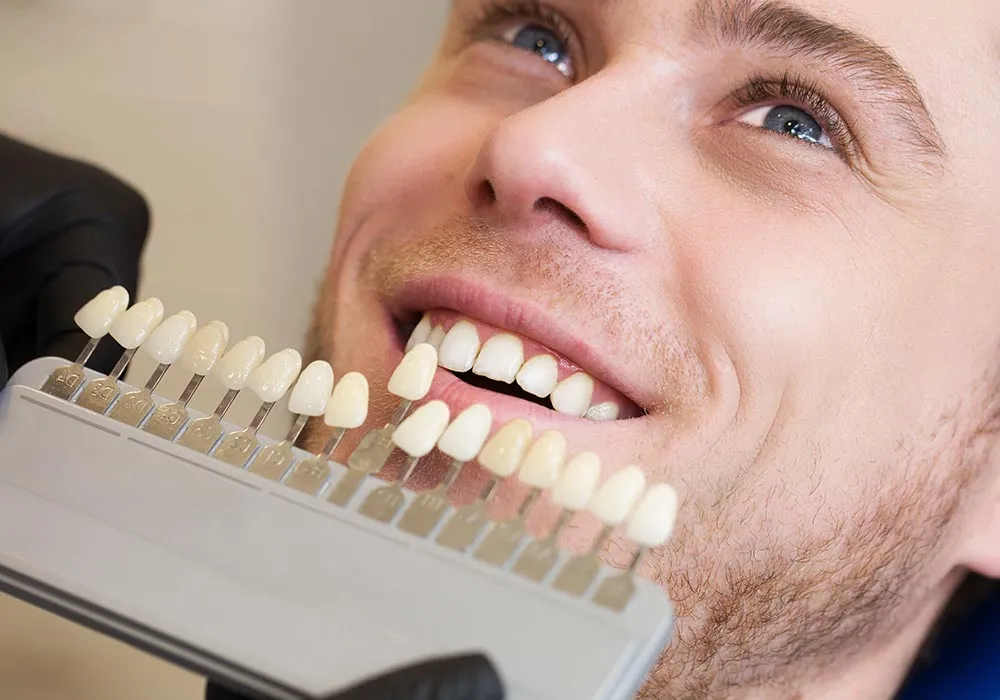The Science of Teeth Whitening Procedures
Achieving a dazzling smile has become increasingly accessible with the rise of various tooth whitening procedures. These procedures work by using bleaching agents, typically containing hydrogen peroxide or carbamide peroxide, to penetrate the enamel and dentin layers of your teeth. The whitening agents break down the stain molecules, which are responsible for the discoloration, and lighten the overall shade of your teeth. The effectiveness of these procedures hinges on the concentration of the bleaching agent, the duration of its application, and the specific type of stain being addressed. Knowing the science behind these procedures allows individuals to make informed decisions about their oral health and choose the most suitable whitening option.
Understanding Tooth Discoloration
Tooth discoloration is a common concern, and understanding its causes is crucial for effective treatment. Discoloration can manifest in several ways, including surface stains, which affect only the enamel, and intrinsic stains, which originate within the tooth structure itself. Surface stains are often caused by external factors such as dietary habits, smoking, and poor oral hygiene. Intrinsic stains, on the other hand, may result from factors like aging, trauma, medications (such as tetracycline), and excessive fluoride exposure. Identifying the type and cause of discoloration guides the choice of appropriate teeth whitening procedures.
Common Causes of Tooth Discoloration
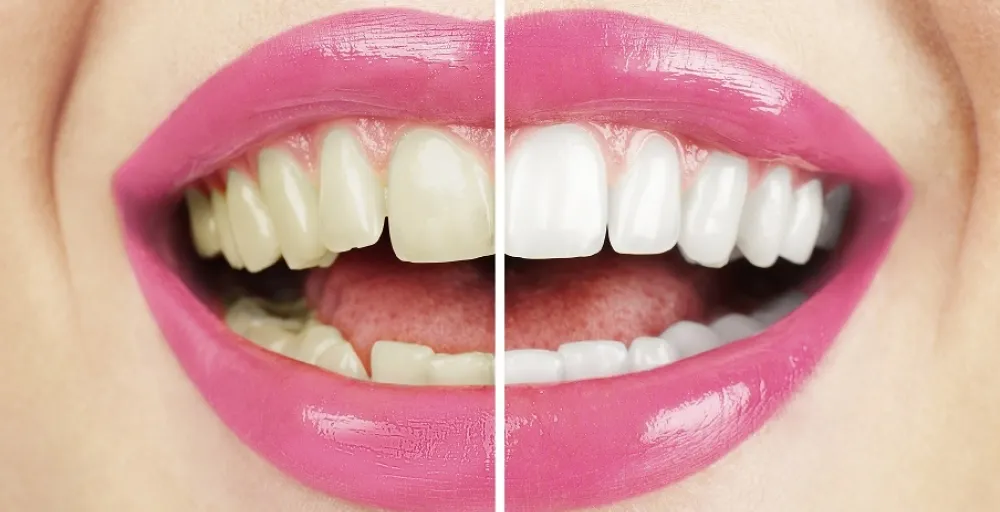
A variety of factors contribute to tooth discoloration. Dietary habits play a significant role, with dark-colored foods and drinks like coffee, tea, red wine, and berries often leaving stains on the enamel. Smoking and tobacco use introduce nicotine and tar, which stain teeth and accelerate discoloration. Poor oral hygiene, including infrequent brushing and flossing, allows plaque and tartar to build up, leading to surface stains. Certain medications, such as tetracycline, can cause intrinsic staining during tooth development. Age-related changes, like thinning enamel and dentin darkening, can also contribute to discoloration. Awareness of these causes helps in adopting preventive measures and choosing appropriate teeth whitening procedures.
Types of Teeth Whitening Procedures
A wide array of teeth whitening procedures are available, each with its own advantages and considerations. These procedures can be broadly categorized into professional treatments administered by dentists and at-home options, which include over-the-counter products and dentist-prescribed kits. Professional procedures often provide faster and more dramatic results due to the higher concentrations of bleaching agents used, while at-home options offer convenience and affordability. The choice of the most appropriate procedure depends on the individual’s specific needs, the severity of discoloration, and their desired outcome. It’s important to consult with a dentist to determine the best approach.
Professional Teeth Whitening Options
Professional teeth whitening procedures offer significant benefits, including faster results and greater control over the whitening process. Dentists use stronger bleaching agents and can customize the treatment to address the specific type and severity of discoloration. Professional procedures often involve the use of a light or laser to accelerate the bleaching process, enhancing its effectiveness. Before the procedure, a dentist will conduct a thorough examination to ensure the patient’s oral health is suitable for whitening. Professional whitening can be particularly effective for stubborn stains and provides the peace of mind of being administered by a trained dental professional. Patients can expect noticeably whiter teeth after just one session.
In-Office Whitening Procedures
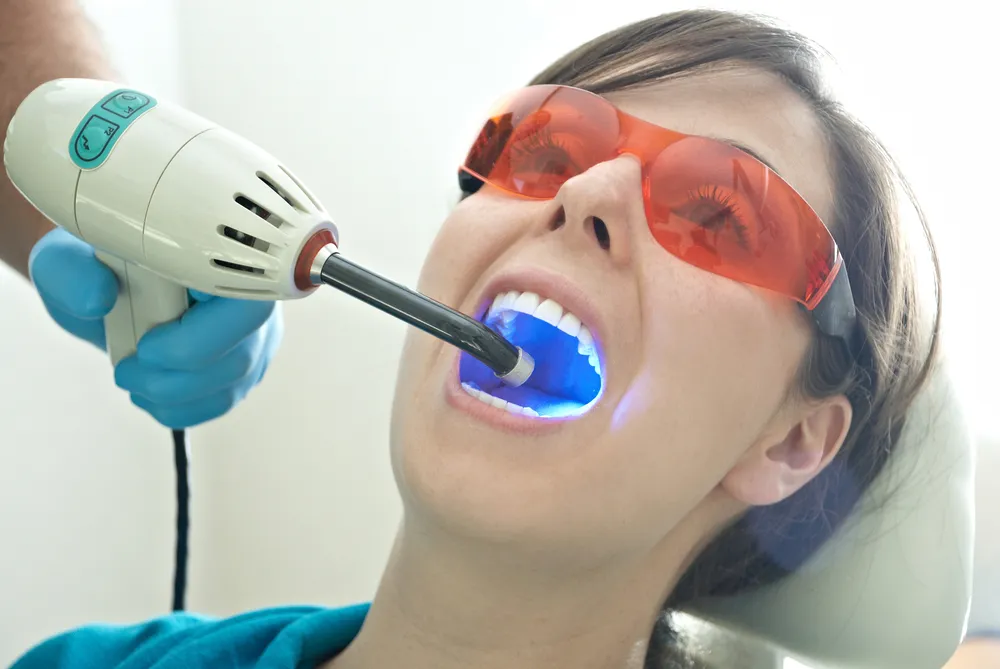
In-office teeth whitening is a popular and effective professional procedure. It typically involves applying a high-concentration bleaching gel to the teeth, which is then activated using a special light or laser. The entire procedure usually takes about an hour and provides immediate results. The dentist carefully protects the gums and soft tissues during the process, minimizing the risk of sensitivity. Multiple sessions may be required, depending on the degree of discoloration and desired shade. In-office whitening is ideal for individuals seeking rapid results and a safe, controlled environment, as it’s performed under the supervision of a dental professional. After the procedure, patients often receive instructions for post-whitening care to maintain their bright smiles.
At-Home Whitening Kits
At-home teeth whitening kits offer a convenient and cost-effective alternative to professional procedures. These kits typically include custom-fitted trays and a bleaching gel provided by a dentist. The patient fills the trays with the gel and wears them for a specified amount of time each day or night, as directed by the dentist. The dentist will provide guidance on how to use the kit correctly and monitor progress. While at-home kits may take longer to achieve results than in-office treatments, they allow for flexibility and can be a good option for those who prefer to whiten their teeth in the comfort of their own homes. Consistency and adherence to the dentist’s instructions are key to achieving optimal results.
Over-the-Counter Whitening Products
Over-the-counter (OTC) teeth whitening products are readily available at drugstores and supermarkets. These include whitening toothpastes, strips, and gels. Whitening toothpastes often contain mild abrasives or low concentrations of peroxide to remove surface stains. Whitening strips are thin, flexible strips coated with a peroxide solution that adhere to the teeth. Whitening gels are applied with a brush or tray. While OTC products are generally less expensive than professional treatments or dentist-prescribed kits, the results may be less dramatic, and they may not be suitable for all types of discoloration. It’s important to follow product instructions carefully and to be aware that excessive use can cause tooth sensitivity.
Important Factors to Consider Before Whitening
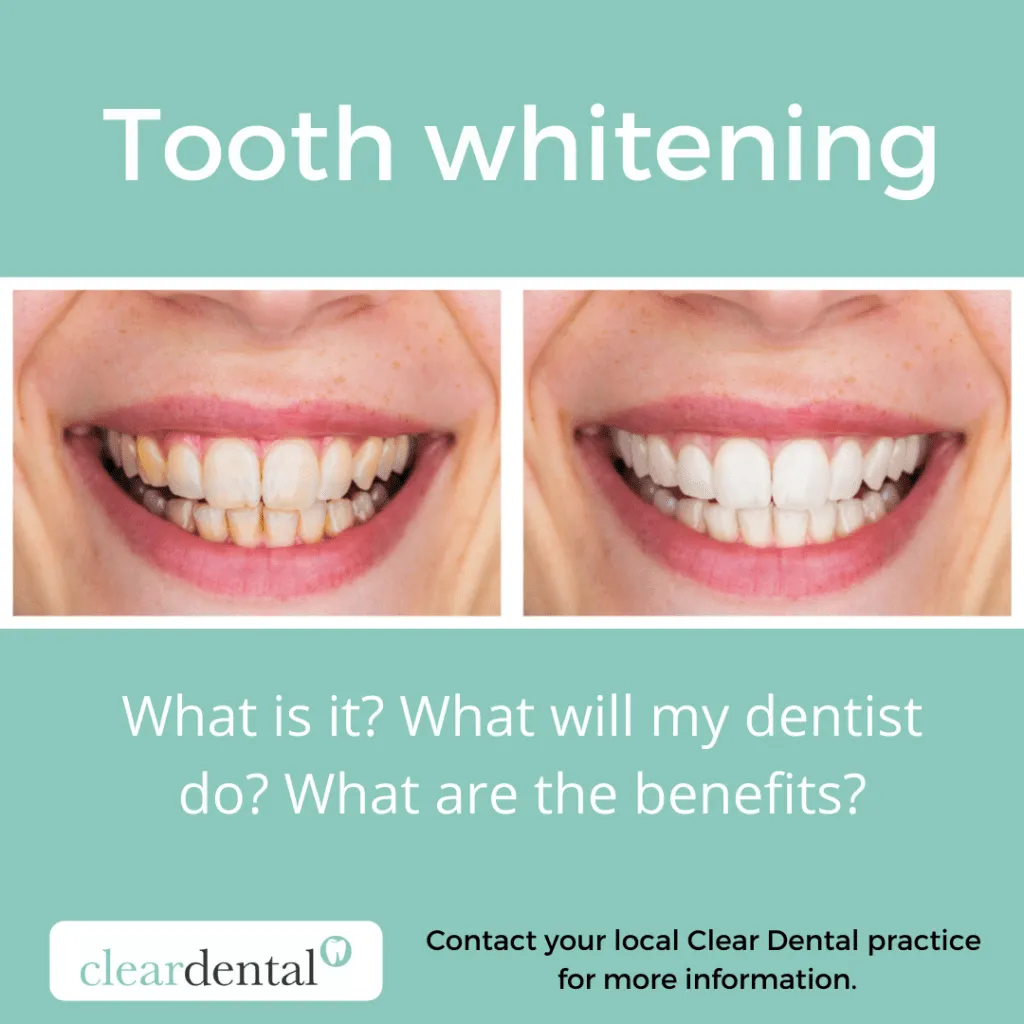
Before embarking on any teeth whitening procedure, several important factors should be considered to ensure a safe and effective outcome. Consulting with a dentist is crucial to determine the cause and severity of tooth discoloration and to assess oral health. A dental examination can identify potential issues, such as cavities or gum disease, that need to be addressed before whitening. Managing expectations is also key; not all teeth will whiten to the same degree, and results vary depending on the type and severity of stains. Considering these factors helps in selecting the most suitable whitening procedure and achieving realistic results.
Consulting with a Dentist
Consulting with a dentist is the first and most crucial step in any teeth whitening journey. A dentist can assess your oral health, identify the cause of any tooth discoloration, and recommend the most appropriate treatment. During the consultation, the dentist will examine your teeth and gums, check for cavities or other dental issues, and determine if you’re a suitable candidate for whitening. They will also explain the different whitening options, discuss potential risks and benefits, and help you set realistic expectations. Consulting with a dentist ensures a safe and effective teeth whitening experience.
Evaluating Oral Health
A thorough evaluation of your oral health is essential before undergoing any teeth whitening procedure. Your dentist will assess the condition of your teeth and gums to identify any potential issues that could impact the whitening process. Cavities, gum disease, and other dental problems should be treated before whitening, as the bleaching agents can exacerbate these conditions or cause sensitivity. If you have existing dental work, such as fillings or crowns, your dentist will inform you that these will not whiten and might need to be replaced to match your newly whitened teeth. Ensuring good oral health is paramount for the success and safety of the procedure.
Managing Expectations
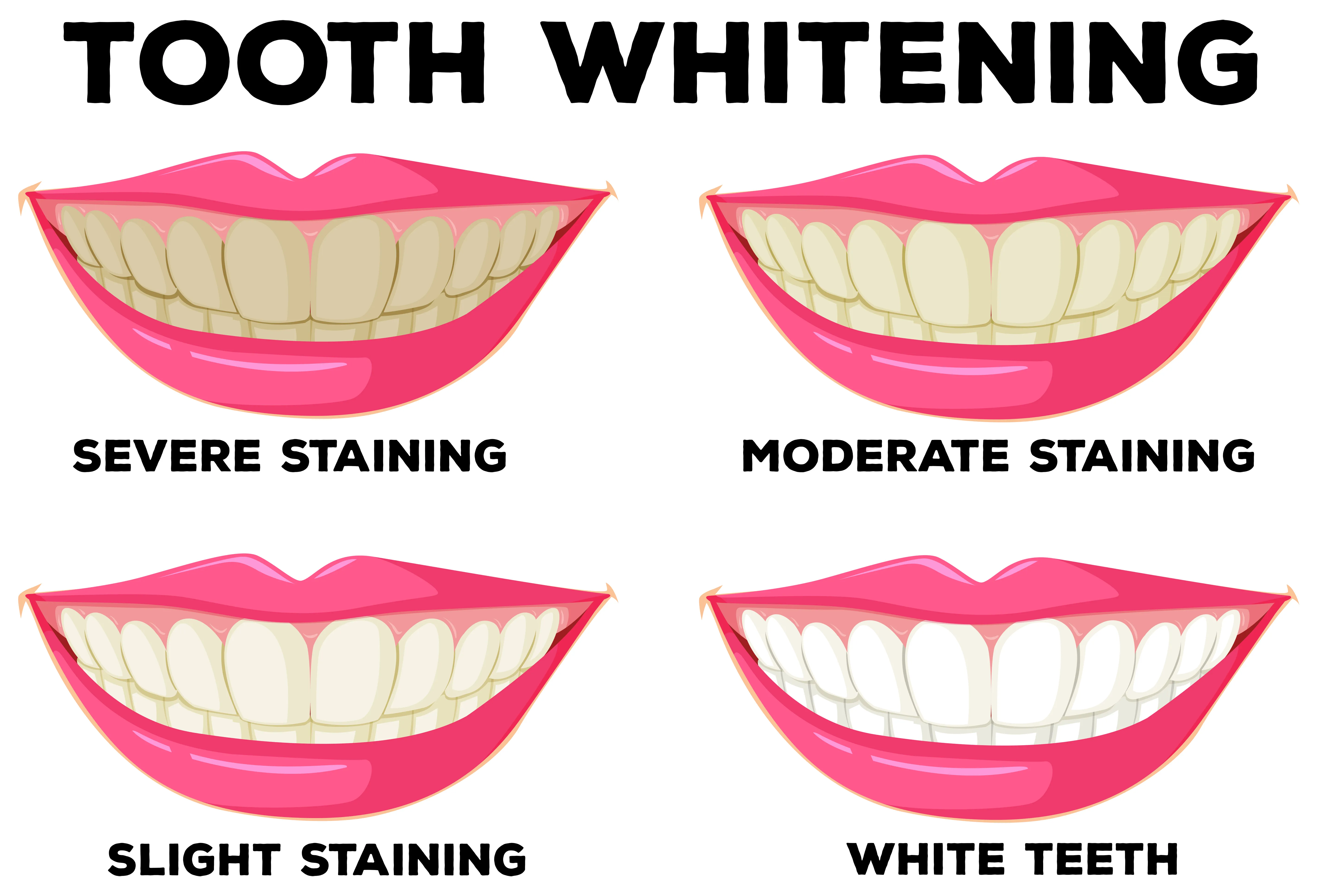
Managing your expectations is crucial for a satisfying teeth whitening experience. It’s important to understand that the degree of whitening varies from person to person and depends on the type and severity of the discoloration. Some teeth whiten more readily than others, and the final shade achieved might not be as dramatic as desired. Your dentist will discuss realistic expectations with you based on your individual situation and the chosen procedure. Setting achievable goals helps to prevent disappointment and ensures you are happy with the outcome. Be prepared to discuss your desired results and understand that multiple treatments may be needed to achieve your goals.
Post-Whitening Care and Maintenance
Proper post-whitening care and maintenance are essential for preserving your bright smile and extending the results of your teeth whitening procedure. This involves adopting specific habits, such as maintaining good oral hygiene, avoiding stain-causing foods and drinks, and attending regular dental check-ups. Following these guidelines helps to minimize the risk of future discoloration and maintain the brilliance of your newly whitened teeth. Taking care of your teeth after whitening ensures the longevity of your brighter, more confident smile.
Maintaining a Bright Smile
Maintaining a bright smile requires consistent effort and adherence to good oral hygiene practices. Brushing your teeth at least twice a day with a fluoride toothpaste, flossing daily, and using an antiseptic mouthwash are essential for removing plaque, preventing stains, and keeping your teeth healthy. Using a straw when drinking stain-causing beverages, such as coffee or tea, can help reduce contact with the teeth. Avoiding smoking and tobacco products also plays a critical role in maintaining a white and healthy smile. Regular dental check-ups and professional cleanings are also important to prevent and address any issues that could affect the appearance of your teeth.
Dietary Considerations
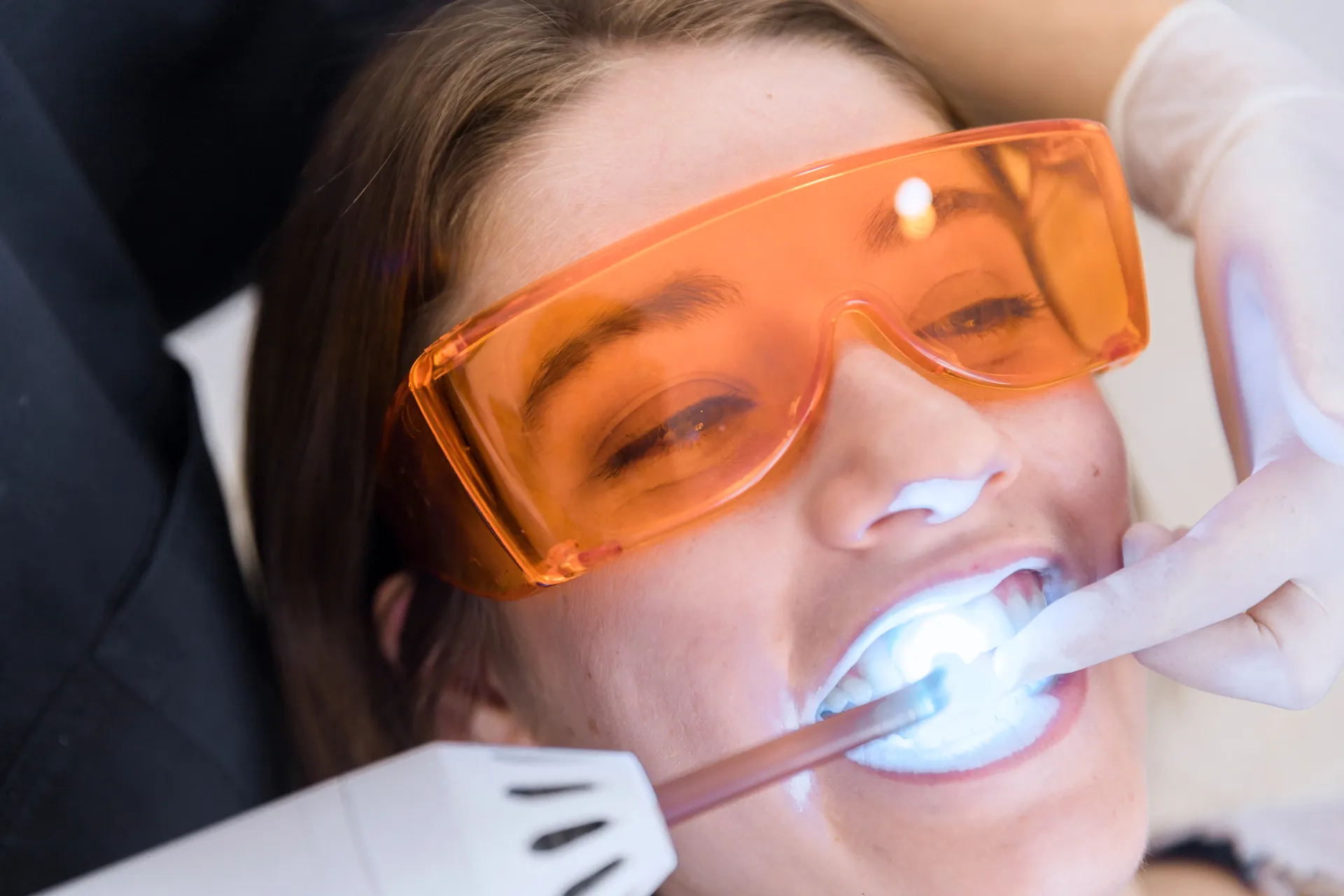
Dietary choices significantly impact the longevity of your teeth whitening results. Certain foods and beverages are notorious for staining teeth, and it’s best to minimize their consumption or take precautions to reduce their impact. Coffee, tea, red wine, and dark-colored juices, such as cranberry or grape juice, are common culprits. Highly pigmented foods, like berries, curries, and soy sauce, can also stain teeth. After consuming these items, rinsing your mouth with water or brushing your teeth can help minimize staining. Consider incorporating teeth-friendly foods, such as crunchy fruits and vegetables, which help to clean teeth naturally.
Regular Dental Check-ups
Regular dental check-ups and professional cleanings are crucial for maintaining a bright and healthy smile after teeth whitening. During these visits, your dentist can assess your oral health, identify any potential issues, and provide professional cleaning to remove plaque and tartar that can cause staining. Regular cleanings also help to remove surface stains and maintain the whiteness of your teeth. Your dentist can also provide personalized advice on oral hygiene and dietary habits to ensure you keep your smile bright for as long as possible. Scheduling check-ups every six months, or as recommended by your dentist, is a proactive approach to maintaining a radiant smile.
